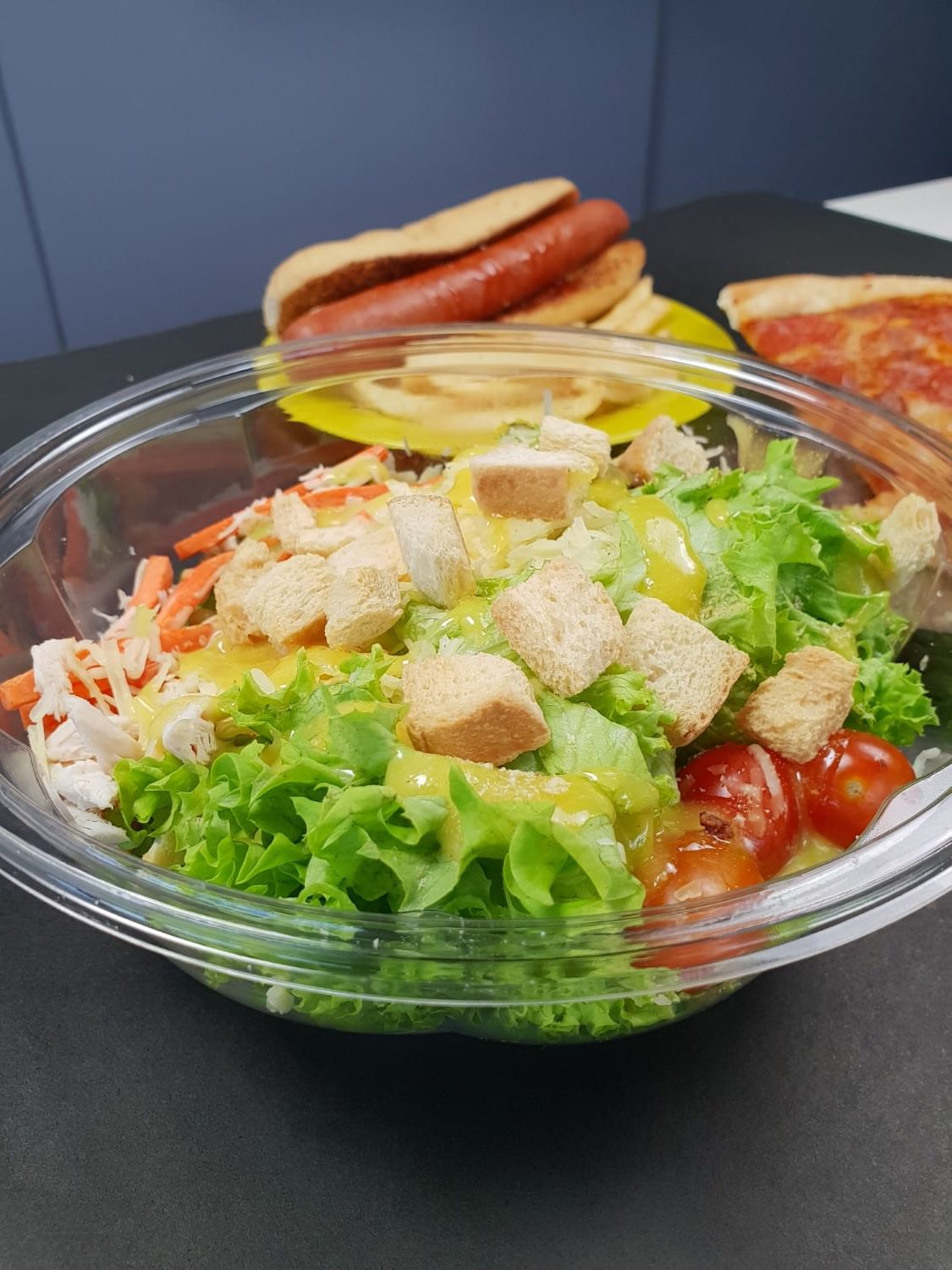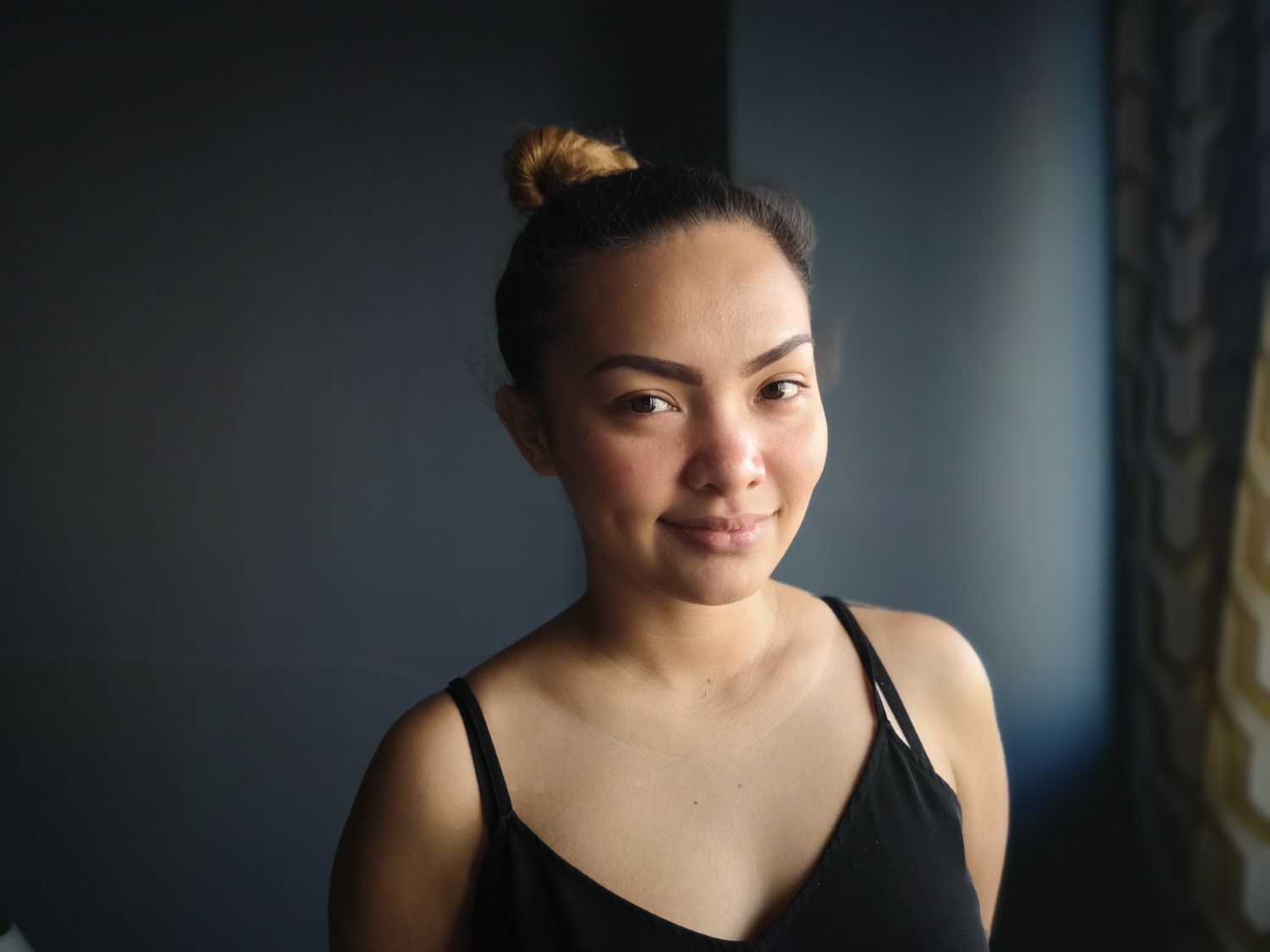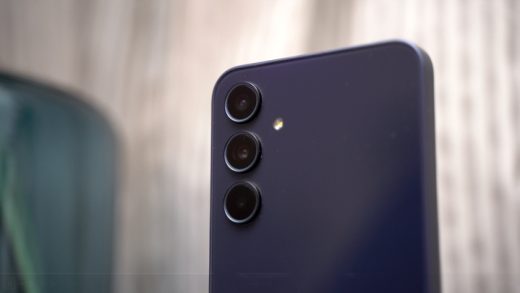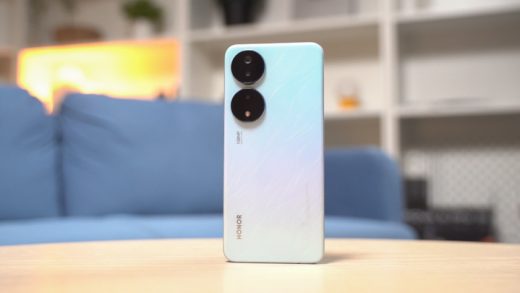Three of the most well-celebrated smartphones come together in this 3-way camera shoot-out — the Apple iPhone X, Samsung Galaxy S9+, and the Huawei P20 Pro.

This is a very interesting comparison since all of the contenders have taken the multi-camera system to a new level in terms of smartphone photography. Both the iPhone X and the Galaxy S9+ sport a dual rear camera setup while Huawei took it a notch further by introducing a 3-camera system at the back.
In this 3-way shoot-out, we will compare the performance and capability of each smartphone and see how they fare in different scenarios and situations.
Table of Contents
Daylight
- iPhone X
- Huawei P20 Pro
- Samsung S9 Plus
- Samsung S9 Plus
- Huawei P20 Pro
- iPhone X
- Samsung S9 Plus 2x Zoom
- Huawei P20 Pro 2x Zoom
- iPhone X 2x Zoom
- Huawei P20 Pro 3x Zoom
iPhone X: Shots taken by the iPhone X is too warm to our liking. The buildings look hazy but nearby subjects are sharp.
Huawei P20 Pro: The P20 Pro’s shot has better colors with more vibrant blues. Details are sharp which includes the buildings and nearby subjects. The sky and clouds are well-exposed as well.
Samsung S9 Plus: The samples from the S9+ also produces a warm tone but more controlled compared to the iPX. Details are sharper with better-exposed buildings and trees. The sky, though, is not as dynamic as the P20 Pro. When it comes to color, the greens and reds have more punch.
Winner: The P20 Pro is the winner for achieving a good balance between colors, exposure, and sharpness.
Cast your vote
[totalpoll id=”177191″]
Food (Indoor, good light)
- Samsung S9 Plus
- Huawei P20 Pro
- iPhone X
- Huawei P20 Pro
- Samsung S9 Plus
- Huawei P20 Pro
- Samsung S9 Plus
- Huawei P20 Pro
- Samsung S9 Plus
- Huawei P20 Pro
- Samsung S9 Plus
Both the P20 Pro and Galaxy S9+ produced images with sharp details, however, the S9+’s shot has punchier colors, making the food more appetizing.
Cast your vote
[totalpoll id=”177195″]
Food (Indoor, low light)
- Huawei P20 Pro
- Samsung S9 Plus
- Huawei P20 Pro
- Samsung S9 Plus
When shooting food in low-light, the P20 Pro’s image lost some detail and slightly became smudgy when closely inspected. The Galaxy S9+ was able to retain more details than the Huawei flagship. Colors are good on both.
Cast your vote
[totalpoll id=”177196″]
Macro
- Samsung S9 Plus
- Huawei P20 Pro
- iPhone X
All phones were able to get close to the subject with proper focus and great detail. It’s a different story though when it comes to colors. The iPhone X tends to be warm, while the P20 Pro boosted the greens which make it look oversaturated. The S9+ is just right with more natural colors with good white balance as well. The winner is the Galaxy S9+.
Cast your vote
[totalpoll id=”177198″]
Night shot and Long Exposure
- Huawei P20 Pro
- iPhone X
- Samsung S9 Plus
~ 1x zoom
iPhone X: The iPhone X has the darkest shot of the three, showing that low-light is its weakness. Noise is evident in the sky, the buildings look smudgy, while the cars in the parking lot are barely noticeable.
Huawei P20 Pro: The P20 Pro performed way better than the iPhone X by providing a brighter image. It has good details but colors are a bit dull with noticeable noise.
Samsung S9 Plus: The S9+ produced the best result by illuminating dark areas while keeping noise at bay. Details and colors are well preserved like the building without becoming smudgy. The cars in the parking lot and the highway below are now visible.
Winner: The Galaxy S9+ is the winner in this category for having the brightest shot with good colors, decent details, and low noise.
Cast your vote
[totalpoll id=”177199″]
- Huawei P20 Pro
- iPhone X
- Samsung S9 Plus
~ 2x zoom
iPhone X: The iPhone X’s effort to keep everything properly exposed is evident here, however, the result is far from ideal as noise is more evident with smudgy details.
Huawei P20 Pro: The P20 Pro seem to be the most versatile in zoom and can achieve 3x optical zoom, 5x hybrid and 10x digital zoom. The shot, although it may seem darker, is better exposed with preserved details and contrast as you can see in the surrounding buildings and billboards. Noise is also evident in the sky.
Samsung S9 Plus: The S9+ is in between the iPhone X and P20 Pro in terms of quality. It has better illumination with good details but the lights are overexposed as can be seen in the lights and billboard. Noise is also evident.
Winner: P20 Pro for a better-exposed shot.
Cast your vote
[totalpoll id=”177201″]
Long exposure (Handheld)
- iPhone X
- Huawei P20 Pro
- Samsung S9 Plus
When shooting at night, the P20 Pro was able to achieve a cleaner shot with properly exposed subjects. Although noise is already evident, the color and details are still preserved. The Galaxy S9+, on the other hand, is smudgy with very evident noise which can be seen in the buildings.
Cast your vote
[totalpoll id=”177203″]
Long exposure (tripod)
- iPhone X
- Huawei P20 Pro
- Samsung S9 Plus
Shooting again at night but with the use of a tripod allowed the P20 Pro and the Galaxy S9+ to shoot images with a longer exposure time. The P20 Pro was able to produce an image with thin and clean light trails which is good. The Galaxy S9+, on the other hand, tried to illuminate the whole frame, making the building and sky more visible. However, this made the image look like it’s suffering from light pollution.
Cast your vote
[totalpoll id=”177204″]
Portrait
- iPhone X
- Samsung S9 Plus
- Huawei P20 Pro
- iPhone X
- Huawei P20 Pro
- Samsung S9 Plus
iPhone X: The iPhone X was able to produce portraits with good bokeh effect. The color is on the warm side though but with decent detail.
Huawei P20 Pro: The P20 Pro also has a good bokeh effect but with more life-like colors and sharper details. The subject pops out better.
Samsung S9 Plus: The S9+’s bokeh effects is not that noticeable. The background is more illuminated compared to the P20 Pro but the subject’s details are smudgy with dull colors.
Winner: The P20 Pro is the winner for its good bokeh effect, sharp details, and good color reproduction.
Cast your vote
[totalpoll id=”177205″]
Selfie
- iPhone X
- Huawei P20 Pro
- Samsung S9 Plus
iPhone X: The iPhone X’s front camera shots seem to have too much contrast making the image look dark or gritty.
Huawei P20 Pro: The P20 Pro likes brightening up the subjects face for a fairer look. However, it seems too much and tends to wash out some facial details.
Samsung S9 Plus: The S9+ was able to achieve a more natural look with just the right amount of contrast, more natural colors, and good detail.
Winner: The S9+ is the winner for producing a more natural look.
Cast your vote
[totalpoll id=”177207″]
Video (Bright)
All phones can shoot 4K videos and can produce great details in bright conditions but quality may differ. The iPhone X seem to have flat colors but shows potential in post-processing. The S9+ footage seems to be the most detailed but looks to be a result of oversharpening. Colors also look washed out. The P20 Pro also has the best color reproduction with the right amount of detail while maintaining a more natural look, which makes it the winner.
Cast your vote
[totalpoll id=”177208″]
Video (Night)
When it comes to low-light, the difference in video recording quality is more evident. The S9+ looks like it’s trying to boost the colors like the hint of blue in the sky and the orange light on the highway. However, the details look smudgy and low-res. The iPhone X has a similar result but with better details and flatter colors. The P20 Pro performed the best in low light with proper exposure which gives better detail and emphasis on the surrounding lights. The color also looks more natural. The P20 Pro wins in this category.
Cast your vote
[totalpoll id=”177209″]
Video (Slow-mo)
All three smartphones can shoot slow-motion videos but with different quality. The S9+ and P20 Pro can shoot at 960 fps. The S9+ footage, although smooth, is darker and have visible flicker and noise. The P20 Pro, on the other hand, is brighter but shows ugly artifacts on moving subjects. The iPhone X can only shoot at a maximum of 240 fps but has the best quality among the three. The footage is bright, smooth and clean, making it the winner in this category.
Cast your vote
[totalpoll id=”177210″]
Tally:
- Daylight – P20 Pro
- Food (Indoor, good light) – S9+
- Food (Indoor, low light) – S9+
- Macro – S9+
- Night shot and Long Exposure (1x) – S9+
- Night shot and Long Exposure (2x) – P20 Pro
- Long exposure (Handheld) – P20 Pro
- Long exposure (tripod) – P20 Pro
- Portrait – P20 Pro
- Selfie – S9+
- Video (Bright) – P20 Pro
- Video (Night) – P20 Pro
- Video (Slow-mo) – iPhone X
Score:
- Huawei P20 Pro: 7
- Samsung Galaxy S9+: 5
- Apple iPhone X: 1

These three contenders have their own strengths and weaknesses but are by no means weak shooters. Although, we do have to acknowledge that there are clear winners in different categories. Shooting colorful images like food, vivid sceneries, and colorful landscapes the Galaxy S9+ takes the ball. It’s able to showcase colors, details, and brightness better than the other two.
Macro shots and zoomed out night shots are also more favorable to the Galaxy S9+. Shots taken with the device have more natural colors, better whites, good details, and are generally brighter. Selfies are another thing that the Galaxy S9+ shines in. Its shots capture the subject’s natural looks better, and the overall image is just good from contrast to details and color.
Moving on to the other side, the P20 Pro is a lot better when taking zoomed in shots. While grain and noise are now visible, the phone is still able to maintain good exposure and detail. Long exposure shots, daylight, and nighttime videos are also the P20 Pro’s forte. Long exposure shots, both on tripod and handheld, are generally cleaner and preserved on Huawei’s flagship.
Video-wise, in broad daylight the P20 Pro is able to take footage with just the right amount of detail while maintaining a more natural look. Night shooting, on the other hand, is generally better on the device. Its footage has a proper exposure which gives better detail and emphasis on the surrounding lights and colors look more natural.

If you’re the type of person that loves capturing memories or just creative footage in slow-mo, then the iPhone X is your man. While it shoots only at a maximum of 240fps, as opposed to the 960fps on the Galaxy S9+ and P20 Pro, the quality is generally better as videos are brighter, smoother, and cleaner. The iPhone X is also the device with the best color profile for post-processing as its shots and videos leave a lot of room for adjustment.
DxOMark’s rating also provides a solid testament to how their cameras perform. The Huawei P20 Pro is currently the highest rated smartphone with a score of 109, followed by the Samsung Galaxy S9+ at 99, then the iPhone X at 97. Given the numbers, it’s no doubt that the devices mentioned above are great for mobile photography, but in terms of overall performance, only one can be considered the best.










































































No, your review was just incredible. Do you have the original samples for download anywhere? I’d like to test them on Lightroom to see which one of them are the best for post processing softwares.
at last, nice comparison and great effort. i love the lady in red
Paano malaman sa samples which shot was taken by which camera?
hover mo mouse mo… lalabas ung name nung phone sa baba
The asus zenfone 5 is much better